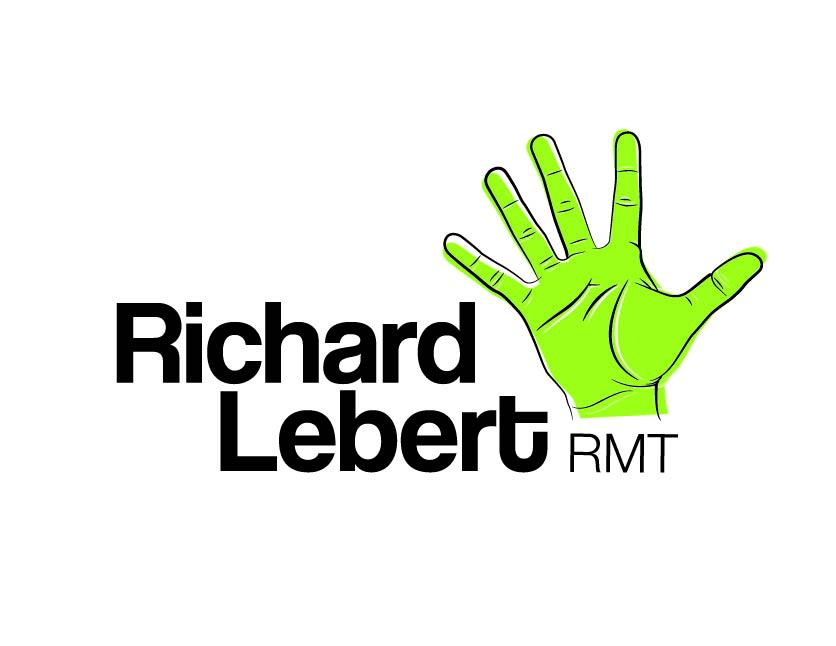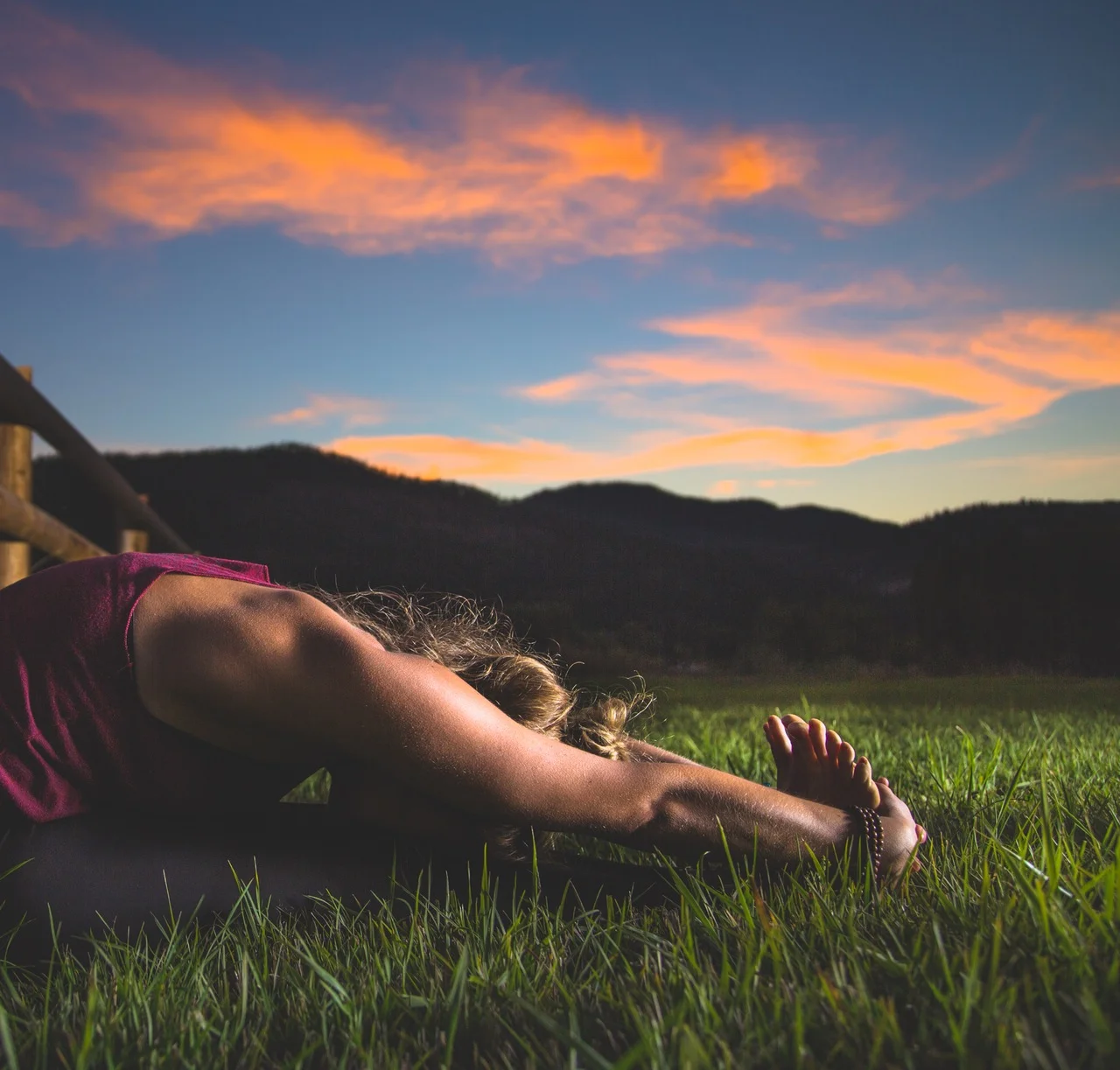The Use of Cupping in Musculoskeletal Medicine
/Cupping is a technique where a vacuum is created in a cup, drawing the skin up into the cup decompressing the layers of the epidermis and subcutaneous superficial fascia. Cupping has been practiced in most cultures in one form or another throughout history but the true origin of cupping therapy remains uncertain.
Read More





